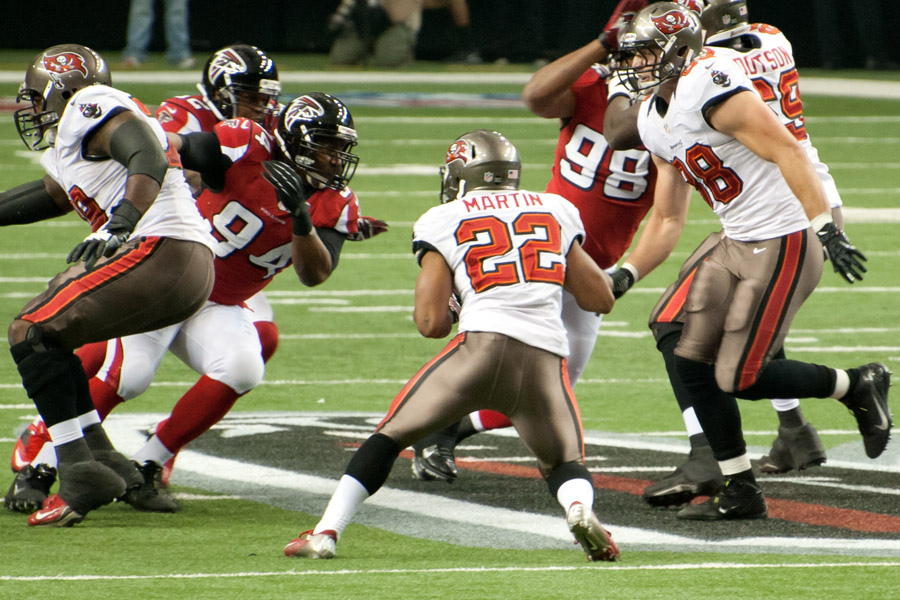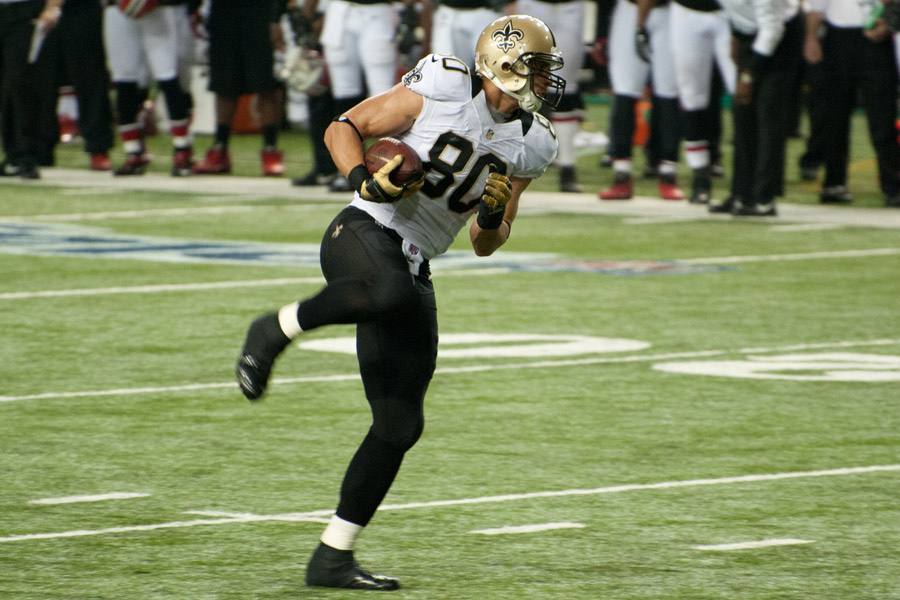
March is the month that I take 14-to-18 months of research and use it to generate rankings and analysis for the April 1 Rookie Scouting Portfolio publication. The labor involved in this compressed time period involves a workweek with hours averaging in the triple digits. I believe this will be the last year I have to do it this way.
I’m disclosing this because when you spend close to 100 hours in a five-day span reviewing play-by-play reports, scouting checklists, NFL Combine measurements, and watching several dozen sequences of plays another half-dozen times in order to write about running backs, you see things that you want to share. I’m not talking about hallucinations –- although I admit that I engaged in a brief, one-sided conversation with the side-view mirror of a red pickup truck parked near my favorite lunch spot in downtown Athens during the hour I took each day to leave the office that didn’t involve sleep.
That brief one-sided conversation reminded me of something Doug Farrar observed while having lunch at the Senior Bowl: Southern folk seem more accepting of eccentric behavior. I thought he was referring to someone else until that moment.
That Farrar is a perceptive guy.
Other than the realization that I’m eccentric, one of the big takeaways I had from these marathon analysis sessions of this running back class is that I think the NFL could be on the precipice of a more widespread change with how teams use the position in the passing game.
The hybridization of the NFL has been in progress for years. Marshall Faulk, Reggie
Bush, and Darren Sproles are the popular choices as heads on the pro game’s Mount Rushmore of runner-receiver hybrids. Personally, James Brooks would be my fourth bust in that crew.
[youtube=http://youtu.be/F68uk_EKCrs?start=110]
Brooks caught the ball away from his body on difficult passes even by wide receiver standards. And compared to other NFL backs of his era, Brooks saw a lot of downfield targets that many teams wouldn’t consider throwing to their runners.
These four would be my choices as the players who have ushered in the dawning of the hybrid runner era. Bush and Sproles have made splitting the back from the formation a more common and desirable practice, but Brooks and Faulk were evolutionary oddities. In fact, I’d argue that Faulk’s ability to run intermediate routes like a starting receiver made the Rams back ahead of his time in the same way that Jim Brown’s speed, change of direction, and short-area explosiveness in a 232-pound frame was ahead of the curve.
What is happening at the college level may be approaching a future that Faulk provided fans a glimpse of. The future is beyond the long handoffs and the occasional wheel and seam routes that Bush and Sproles execute. It’s the ability of runners of all shapes and sizes to make plays on targets in tight coverage or to see primary targets on so-called, “50/50 balls” –- even passes where backs are “thrown open” by design.
And it’s not just scat backs seeing these targets; prototypical bell cow backs and short-yardage types are getting into the act. This is a bold step forward in the evolutionary line of the position.











